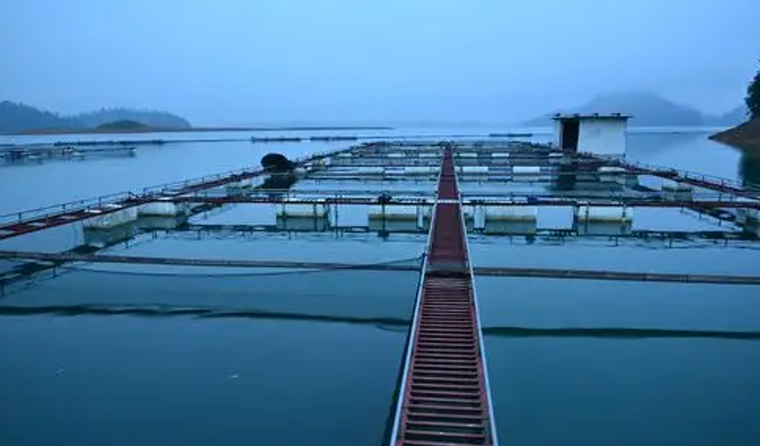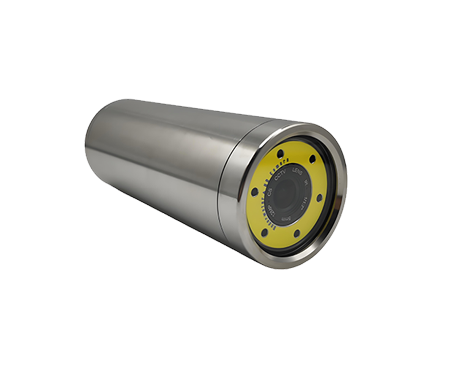-
Light Supplement Technology: Since underwater light is weak, underwater aquaculture cameras are usually equipped with efficient light supplement technology (e.g., white light supplementary lighting), with a maximum supplementary lighting distance of up to 1 meter. This ensures sufficient light intensity in relatively dark underwater environments, making the captured images clearly visible. Ordinary surveillance cameras generally use infrared supplementary lighting, and the images captured at night are usually in black and white.
-
Pressure Resistance and Corrosion Resistance: Underwater aquaculture cameras need to withstand high underwater pressure, so their casings are typically made of high-strength metals such as stainless steel and titanium alloy. Meanwhile, the casings and components must use corrosion-resistant materials to adapt to both freshwater and saltwater environments. Ordinary surveillance cameras do not need to consider pressure resistance, and their requirements for corrosion resistance are relatively lower.
-
Functional Features: Underwater aquaculture cameras may have special functions, such as remote control—operators can monitor in real time in the control room via wireless networks or optical fiber transmission technology, and perform operations like focal length adjustment and color correction. Some models also have an automatic cleaning function, which can automatically remove dirt and water stains from the lens. Ordinary surveillance cameras have relatively conventional functions, mainly focusing on real-time monitoring and video recording.
-
Installation and Power Supply: The installation methods of underwater aquaculture cameras need to adapt to underwater environments, and may adopt various methods such as adsorption, fixed installation, and suspension. Power supply also needs to take into account the particularities of the underwater environment; some cameras are powered by dedicated underwater cables or in linkage with underwater platforms. Ordinary surveillance cameras have more diverse installation methods and relatively conventional power supply methods (e.g., connecting to municipal power through a power adapter).
-
Cost and Price: Due to the high requirements for technology, materials, and manufacturing processes, the cost and price of underwater aquaculture cameras are usually much higher than those of ordinary surveillance cameras.




